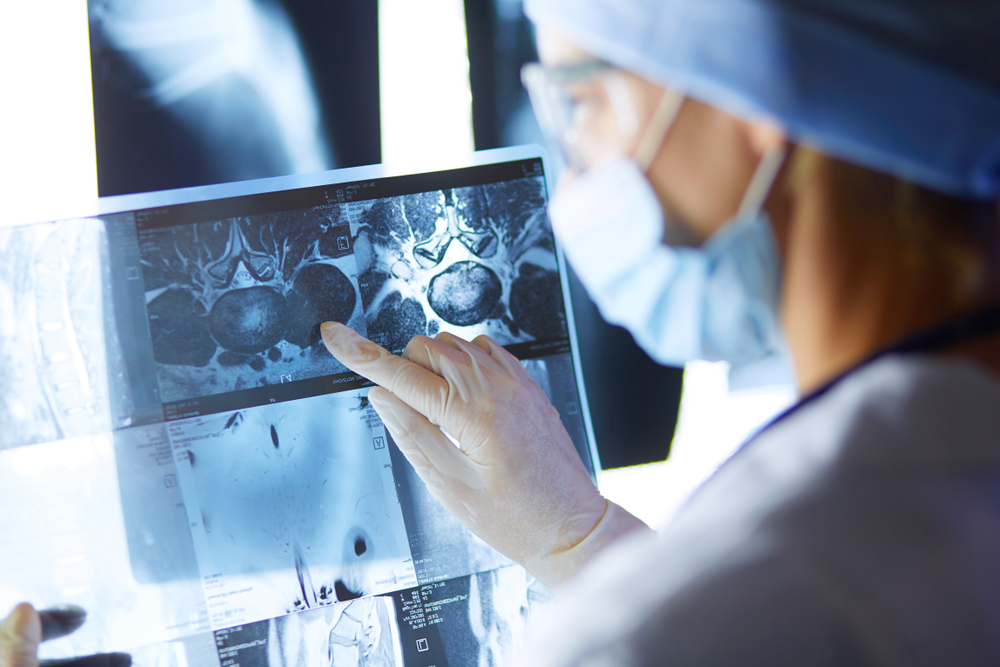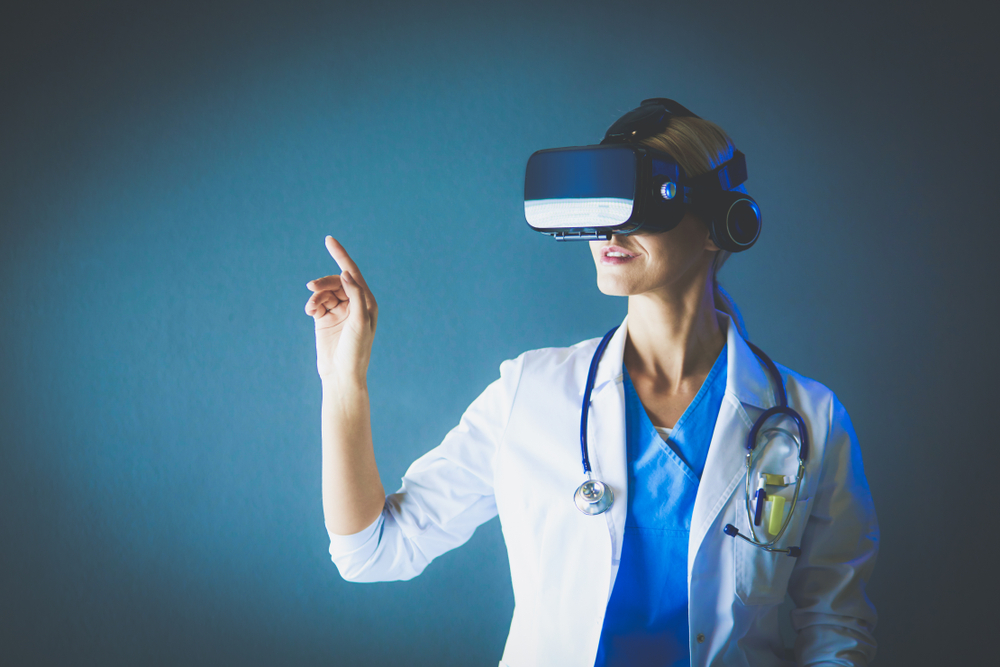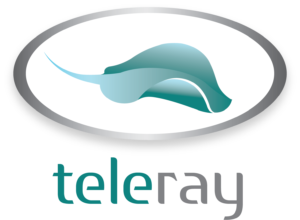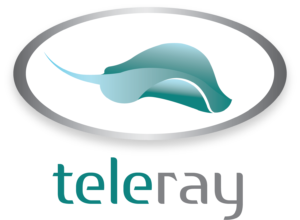Precision medicine is a groundbreaking approach to delivering personalized healthcare to patients. It tailors medical treatments to an individual’s unique genetic makeup, lifestyle, and environment while being guided by data-driven technologies. This method has already yielded impressive results, leading to personalized care that’s more effective and less invasive.
While there’s much ado about the drug-related aspects of precision medicine, one crucial component often goes overlooked — the role of medical imaging. Imaging enables physicians to diagnose diseases, monitor treatment progress, and predict outcomes. These vital capabilities mean medical imaging is integral in putting patients on a personalized path to wellness.
The age of personalized medicine
No two people are alike. Individual variability, genetics, and environmental factors affect how we react to symptoms and respond to treatment. When prompt medical care is critical for effective treatment and recovery, rapid diagnosis is vital. Precision medicine aims to transform the practice of medicine with early diagnosis and personalized treatments tailored to the individual characteristics of each patient, offering a turnkey approach.
Imaging plays a pivotal role in precision medicine by providing individualized screening and early diagnosis to guide treatment and evaluate the response to therapy. Medical imaging can customize care at a foundational level for everyone by identifying genomic drivers and delivering the necessary information to offer the right treatment at the right time.
There’s a growing, critical need to ensure every aspect of care is informed by patient data. According to the World Health Organization, the number of people 80 years and older will triple between 2020 and 2050. But elderly patients aren’t the only population in need of specialized care. In the United States, six in 10 adults experience chronic disease. Image-guided tests and treatments provide physicians with fact-based data to make immediate diagnoses and offer precise treatment for improved outcomes.

How medical imaging enables precision medicine
Medical imaging lays the groundwork for an insightful approach to precision medicine. It can assist in diagnosing disease with enhanced accuracy, helping medical professionals better identify prognoses and inform treatments for disorders. Medical imaging offers many benefits to guide care delivery, including:
- Diagnostic capabilities: Medical imaging systems provide accurate images to evaluate disease or medical emergencies. The widespread application of AI across imaging modalities can improve diagnostics for more effective treatment and follow-up care.
- Tailored treatment plans: Treatment guided by medical imaging allows medical providers to offer more accurate, less invasive treatments.
- Monitoring treatment progress: Multiple scans are often used to monitor a disease over time. Repeat medical imaging can evaluate tumor sizes or monitor the treatment of a broken bone or illness.
- Predictive analytics: When medical images are used successfully for diagnosis and in monitoring treatment plans, the data derived from these cases provide more information about medical conditions. The growing collection of medical intelligence can train AI systems to increase the accuracy of predictive analytics.

The future of precision medicine is now
Imaging can be utilized to improve all aspects of care while supporting more targeted, predictive, personalized, and effective care approaches. Recent advancements in imaging technology increase the speed of diagnostics and lead to rapid treatment for the best outcomes possible. As modern equipment and technology converge, data can be leveraged to further advance immediate and personalized treatment.
Consider how these advancements combining big data and technology with medical imaging will provide more innovative personalized treatment for patients:
- Personalized imaging: Capturing images can be challenging for certain populations. Advanced imaging techniques combined with personalized methods can reduce patient stress to allow medical professionals to gather necessary data.
- Radiogenomics: By correlating imaging studies with genomic data, providers may eventually be able to identify cancers with greater accuracy and give personalized treatment options to patients based on genetic and clinical data.
- Advanced image sharing: Secure cloud storage systems like TeleRay’s offer superfast uploads, downloads, and viewing anywhere on any device and at any time. By transferring patient studies faster and more securely, these platforms can reduce the time to diagnosis and speed treatment options.
- Image-guided interventions: Imaging can help guide clinicians to deliver therapies while protecting the surrounding healthy structures from exposure.
- Precise radiation therapy: Machine learning tools can offer clinical decision support to accurately calculate optimal doses of radiation therapy for cancer patients and supply the right amount of treatment for their needs.
The future of precision medicine looks incredibly promising due in part to the role of medical imaging and its ability to lay the groundwork for personalized treatments. Medical imaging techniques will continue to become more sophisticated, cost-effective, and accessible, resulting in better outcomes. As physicians find new ways to combine medical imaging technology with powerful software and personalized drugs, the future of care delivery stands to become more effective, efficient, and equitable for all.
Learn more about a faster, more secure way to share medical images at TeleRay.com.



